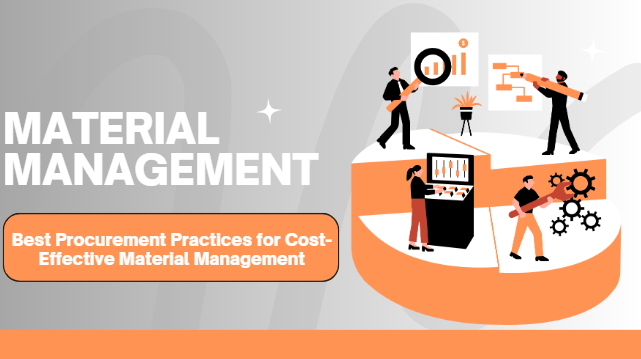Strategic Management, is the guiding force of any organization. It encompasses goal setting, defining the objectives, and evaluation of the internal environment and external factors. Deciding the strategies for expansion, diversification, mergers, acquisitions or even closure. Strategic management conducts internal audits and sets targets that can be achieved using the resources available. It also prepares for any external factors that may affect the targets or hamper the resources from achieving the goals.
Strategic planning is the process of identifying the goal and deciding the activities and tasks required to perform to achieve the goal. It can be done using various tools. One such tool in strategic management is the ‘SWOT Analysis.’
SWOT analysis was a concept developed by Albert Humphrey in the 1960s. The aim was to bring accuracy in goal setting & accountability.
SWOT stands for Strengths, Weaknesses, Opportunities & Threats.
The framework showcases 4 quadrants. Each quadrant signifies one – Strengths, Weaknesses, Opportunities & Threats.
All organizations have certain strengths and weaknesses which can be categorized as internal factors. We operate in an open economy, this poses certain opportunities and weaknesses, which are external factors.
Let’s take a closer look at each factor and its interdependence –
Strengths – This section of the quadrant includes all the attributes of the company which can be termed the core competencies or strong points of the organization. The strengths quadrant shows the tangible or intangible aspects of the organization or capabilities. These can include people, location, financial stability, a stronghold in the market, legacy, unique products or services, goodwill, processes, or brand loyalty.
Weakness – The weakness quadrant displays the negative points of the organization. It can be all those internal factors that deter the organization from achieving its goals or objectives. It can be ill-maintained machinery, longer turnaround time, insufficient staffing, inadequate training, wastage of resources, increased attrition, etc.
Both the internal factors are such on the company has maximum control and the capacity to improve or supplement it.
The external factors are those which are beyond the control of the organization. But can influence the decision-making process.
Opportunities – This section includes the new markets, new target audience, scope to increase production, diversification, expansion, collaboration, new machinery or technology, Government norms, tax policies, etc. These factors contribute greatly in deciding the future course of action for the company.
Threats – This quadrant describes the external threats or the factors that can hamper an organization’s growth & profitability. They can be natural calamities, political unrest, restrictions on trade, redundancy of products, services or technology, restricted FDIs or imports & exports, etc. All these factors cause instability and vulnerability.
Why is SWOT important?
SWOT analysis helps companies to look at the internal & external factors objectively and take the decision and plan the course of action accordingly. It also helps the company to fix realistic targets, prepare for impending threats and take policy decisions to increase profitability. Since past & present data are compared to measure the performance of the company and prepare for future making, it becomes a more practical way of analyzing the scope of the company.
SWOT analysis is doubtlessly a good tool for strategy formation, but it has certain limitations.
- It does not specify the ways & means to identify the strengths, weaknesses, opportunities, and threats.
- There is a possibility of personal bias while preparing the analysis report.
- Insufficient data points
- Lack of research facilities
- Lack of funding for such research activities
- Inaccuracy in reporting or false information
- Lack of required skill set to prepare such analysis
A decision-maker must have a strong knowledge of strategy formation and the tools & techniques to be used. Hence one should undergo training and acquire the required skill set.
MIT School of Distance Education (MITSDE) is an institute that understands the current skills gap in the market and strives hard to reduce it. For this purpose, MITSDE brings you PG Executive Diploma (PGDM – Ex) in Modern Project Management. This course covers Data Mining techniques for mining and analyzing raw data to discover interesting patterns, extract information, and support decision-making. Focuses on Strategic Management & Predictive modeling techniques to equip the individual to predict future market trends using historical data.



